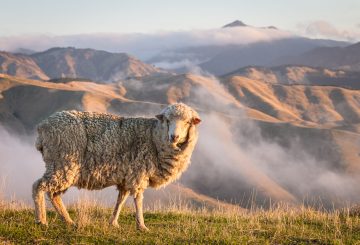Một đại lý bất động sản cao cấp hàng đầu ở Auckland, Michael Boulgaris, đã tuyên bố rằng cuộc khủng hoảng chi phí sinh hoạt đang ảnh hưởng đến ngay cả những cư dân giàu có nhất. Ông báo cáo rằng nhiều người đang bán các mặt hàng xa xỉ như đồ trang sức, xe thể thao và túi xách thiết kế để thanh toán hóa đơn của họ. Các nhà đấu giá đang phải vật lộn để quản lý khối lượng hàng xa xỉ được bán.
Boulgaris lưu ý rằng hành vi này tương tự như những gì ông quan sát thấy trong Cuộc khủng hoảng tài chính toàn cầu (GFC). Ông nói rằng thị trường bất động sản cao cấp hiện đang tràn ngập những ngôi nhà đắt tiền đã có mặt trên thị trường trong nhiều năm, cho thấy một vấn đề phức tạp.
Dunbar M. Sloane, giám đốc điều hành của nhà đấu giá New Zealand Dunbar Sloane, xác nhận rằng họ đang xử lý số lượng mặt hàng được bán ngày càng tăng. Một số người đang bán các mặt hàng có giá trị để tránh phải trả phí bảo hiểm cao hoặc lo lắng về hành vi trộm cắp.
Bất chấp dòng hàng xa xỉ, những món đồ cao cấp vẫn đang được yêu cầu và có giá cao. Ví dụ, một chiếc đồng hồ Patek Philippe Nautilus hiếm gần đây đã được bán với giá 140.000 đô la tại một cuộc đấu giá Dunbar Sloane.
Ngoài các mặt hàng xa xỉ, mọi người cũng đang bán quần áo và phụ kiện thiết kế. Một cuộc đấu giá gần đây chứng kiến một chiếc túi Hermès Kelly được bán với giá 13.000 đô la, và khăn quàng cổ của Hermès và Chanel được bán với giá khoảng 500 đô la.
Caolán McAleer, người đứng đầu bộ phận tiếp thị tại Webb’s, cũng báo cáo sự gia tăng số lượng hàng hóa thời trang xa xỉ ra thị trường. Ông lưu ý rằng một số người mua các mặt hàng xa xỉ như một khoản đầu tư để thanh lý trong thời gian căng thẳng tài chính.
Christine Powers, người đứng đầu bộ phận đồng hồ và đồ trang sức cao cấp của Webb, đã đề cập rằng một số món đồ lớn sắp ra đấu giá có thể có giá từ 20.000 đến 40.000 đô la. Cô lưu ý rằng thị trường hiện tại đang có lợi cho người mua do nhiều lựa chọn các mặt hàng có sẵn.

















































-660x440.jpg)












